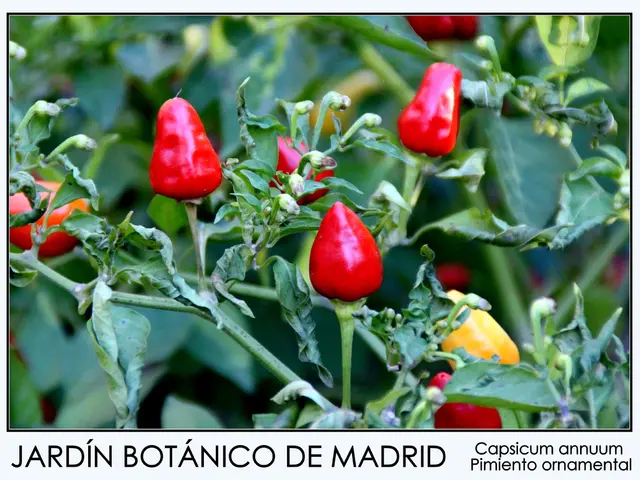Unveiling the Mysteries Behind Chruterchraft's Potent Herbal Offerings
In the picturesque landscapes of Switzerland, a centuries-old tradition is experiencing a modern resurgence. Chrutercraft, a term deeply rooted in Swiss-German tradition, translates to "herb power" and embodies the traditional knowledge and use of medicinal plants.
Originated in the Middle Ages, Chrutercraft can trace its roots to monasteries and convents that played a significant role in preserving and developing herbal knowledge. Over time, it evolved into a folk medicine tradition, with local healers and herbalists using their expertise to treat illnesses and ailments within their communities.
Chrutercraft is deeply intertwined with Swiss folklore and cultural identity. It reflects a strong connection to the land and the use of natural resources for well-being, which has been a cornerstone of rural Swiss life. Commonly used herbs include Stinging Nettle, known for its high iron content, Dandelion, believed to have detoxifying properties, and Chamomile, used for soothing stomach upsets.
In the modern era, many are seeking out alternative treatment options like Chrutercraft due to its holistic approach and minimal side effects. This renewed global interest in herbalism makes Chrutercraft relevant today. It serves as a link to Switzerland's cultural heritage, preserving traditional practices and knowledge that are essential to the country's history and identity.
Chrutercraft offers a unique educational opportunity to learn about sustainable living, medicinal plants, and traditional practices. Workshops, courses, and community programs can help keep this tradition alive while educating the next generation. In Switzerland, Chrutercraft can be a significant aspect of rural tourism, as visitors are drawn to the countryside to experience traditional herbal practices firsthand. This can contribute to local economies and help preserve rural landscapes.
The history of Chrutercraft can be traced back to the early 19th century, making it a vibrant part of Swiss cultural heritage. Its emphasis on sustainability, holistic health, and cultural preservation makes it a valuable tradition for both locals and those interested in natural health and environmental stewardship worldwide. Chrutercraft is more than just an art form closely tied with healing and wellness; it serves as a reminder that effective solutions can be found in the quiet wisdom of nature.
In the pursuit of alternatives in health-and-wellness, many have rediscovered Chrutercraft, a tradition deeply rooted in Switzerland and translating to "herb power." This ancient practice, with its origins in monasteries and convents, embodies the use of medicinal plants such as Stinging Nettle, Dandelion, and Chamomile, which are integral components of Chrutercraft's emphasis on nutrition and well-being.






